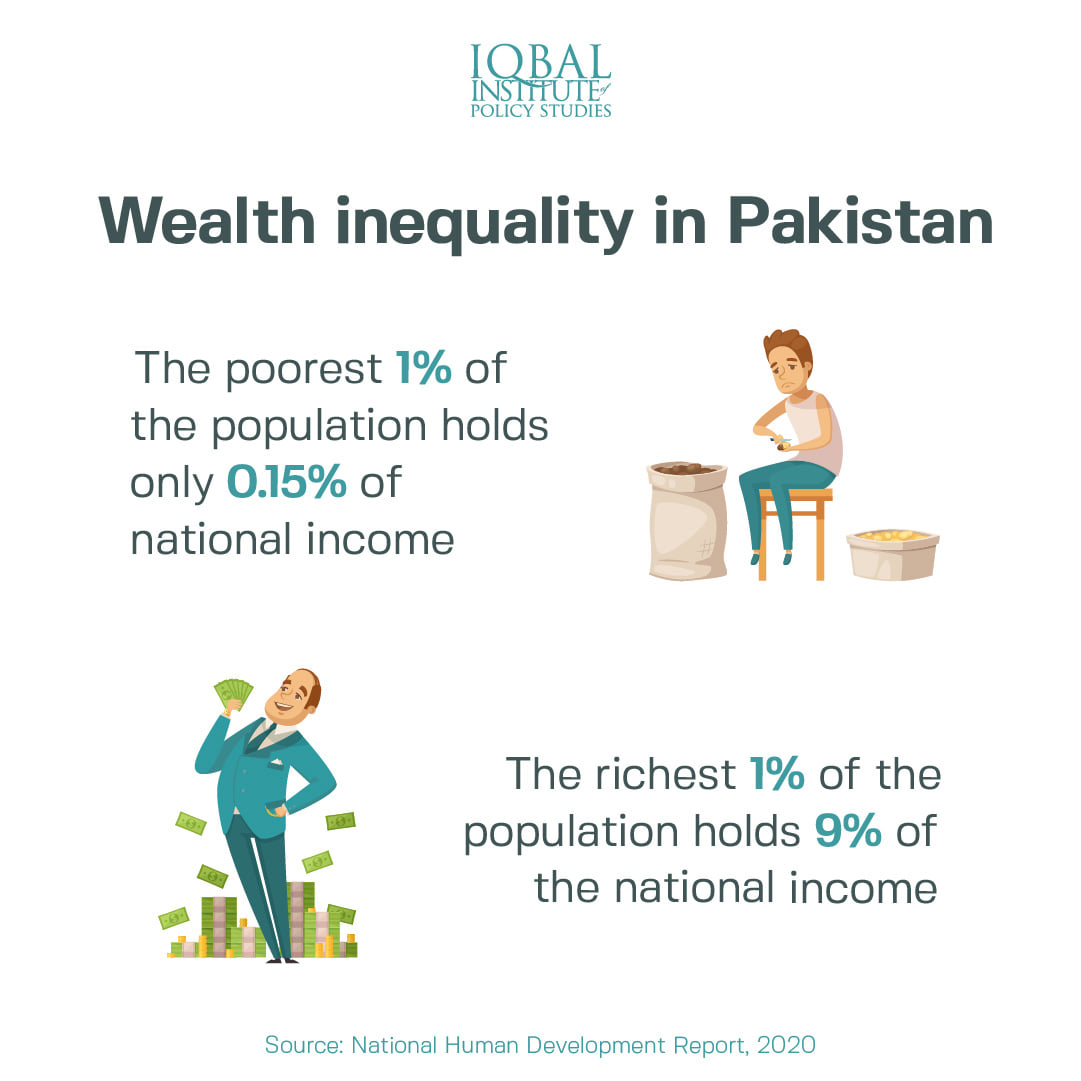
The United Nations National Human Development Report 2020, underscores two different income demographics which exist in Pakistan today. One is the poorest segment of the population that holds 0.15% of national income and the other is the richest 1% which receives 9% of the national income.
The report was authored by the renowned Pakistani economist Dr. Hafiz A Pasha and published by United Nations Development Programme. It draws out a two-sided image of Pakistan’s economy, one side shows the economy with respect to rich people and the other side shows the economy with respect to poor people.
One side has the highest quality of education and healthcare due to generational wealth. The other side does not have the means to pursue even the bare minimum.
Findings of the report revealed that total privileges enjoyed by the rich in Pakistan amount to Rs. 2,660 billion which is equivalent to 7% of the country’s GDP. On the other hand, the cost of social protection programs was estimated at Rs. 624 billion.
This wealth inequality affects the ability of the lower-income strata to access basic services like healthcare and education. This stark inequality is further translated into a negative impact on the human development of Pakistan.
Pakistan needs to devise better social protection strategies to cater to the lower-income class while reforming its existing economic policies for bridging the income gap prevalent in the country.

Leave a Reply